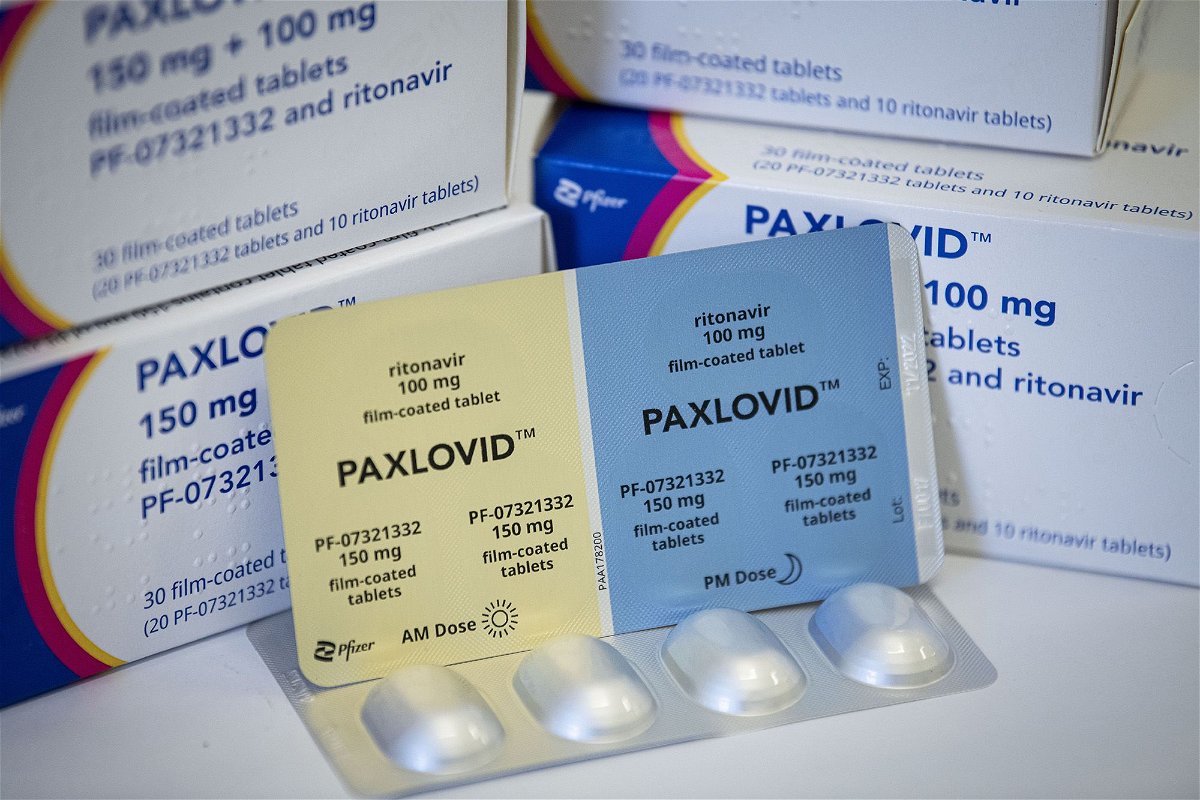After winter holidays, respiratory virus activity continues to build across the US

By Deidre McPhillips, CNN
(CNN) — The first look at trends following most of the winter holidays shows that seasonal virus activity remains elevated and continues to rise across the United States, according to data from the US Centers for Disease Control and Prevention. As infections and hospitalizations mount, the CDC continues to emphasize the importance of vaccination — and the value of treatment to avoid severe disease.
Overall, flu-like activity is high or very high in all but a dozen states. Multiple indicators, including test positivity, emergency department visits and hospitalizations, are elevated for respiratory viruses including Covid-19, flu and RSV.
RSV activity has shown signs of slowing in some parts of the county, particularly in the South, but Covid-19 and flu activity is increasing in most of the country. Covid-19 viral activity in wastewater is highest in the Midwest, and nationwide, it’s higher than it has been for most of the pandemic.
Weekly hospitalizations for respiratory viruses have been trending up for about three months, since early October. In the last week of 2023 — through December 30 — there were nearly 35,000 new Covid-19 admissions and more than 20,000 new admissions for flu, according to CDC data. Covid-19 hospitalizations surged about 20% and flu hospitalizations spiked about 36% compared to the week before.
For most of December, flu has brought more people to the emergency department than Covid-19 — but Covid-19 continues to drive most hospital admissions related to respiratory viruses.
The JN.1 variant, which now accounts for more than three out of every five new Covid-19 infections, “may be intensifying the spread of COVID-19 this winter,” the CDC said in a blog post on Friday. While Covid-19 hospitalizations and deaths are lower than they were at this time last year, infection levels — gauged by wastewater and test positivity metrics — are higher.
Vaccination can help prevent severe disease, including hospitalization or death, and broader population immunity — from vaccination, prior infection or both — is helping to keep a smaller share of infections from becoming severe, according to the CDC. But immune protection can fade over time, hence the need for updated annual shots.
However, vaccination rates remain low among both children and adults. As of December 30, less than half of adults and children have gotten the seasonal flu vaccine. Only about 19% of adults and 8% of children have gotten the latest Covid-19 vaccine, and just 18% of older adults have gotten the new RSV vaccine.
Vaccination can’t prevent all infections, though, and antiviral treatments are available for those who do get sick and are at risk for severe disease. But “not enough people are taking them,” according to the CDC.
“If more people at higher risk for severe illness get treatment in a timely manner, we will save lives,” the agency said in a blog post last month.
Research shared as a preprint online this summer found that less than 10% of people who had a Covid-19 infection between December 2021 and February 2023 got a prescription for Paxlovid. If that had increased to half of eligible patients getting treatment, about 135,000 hospitalizations and 48,000 more deaths could have been prevented.
“This emphasizes the need to improve uptake of effective interventions for Covid-19,” the researchers wrote.
There are also four antivirals available treat flu. As with the Covid-19 treatments, flu treatments are recommended for people at higher risk of flu complications, including young children, adults 65 years and older, pregnant people, and people with certain medical conditions such as asthma, diabetes, and heart disease.
Testing is not required to start antiviral treatment. Starting treatment as soon as possible is important, and it might not make sense to wait for test results to come back, the CDC says. But testing can ensure the right course of treatment is being used and help those who are sick avoid spreading the virus.
For now, the CDC says that hospital bed occupancy remains stable nationwide. But the agency anticipates that this respiratory virus season will cause a similar number of hospitalizations as last season.
The-CNN-Wire
™ & © 2024 Cable News Network, Inc., a Warner Bros. Discovery Company. All rights reserved.